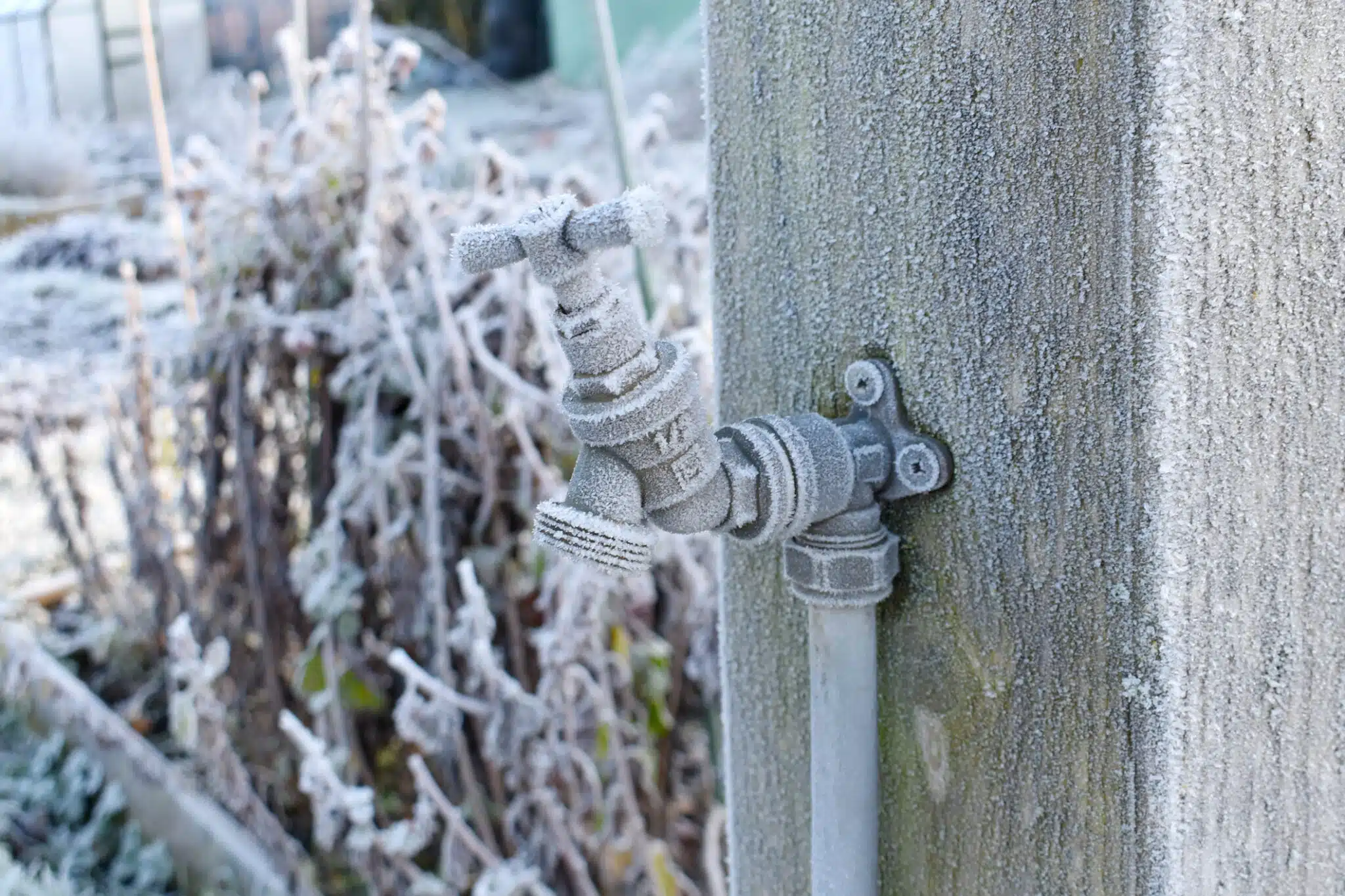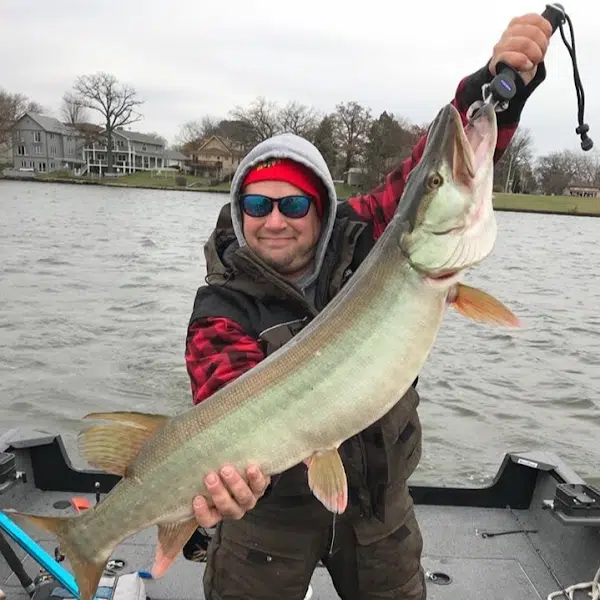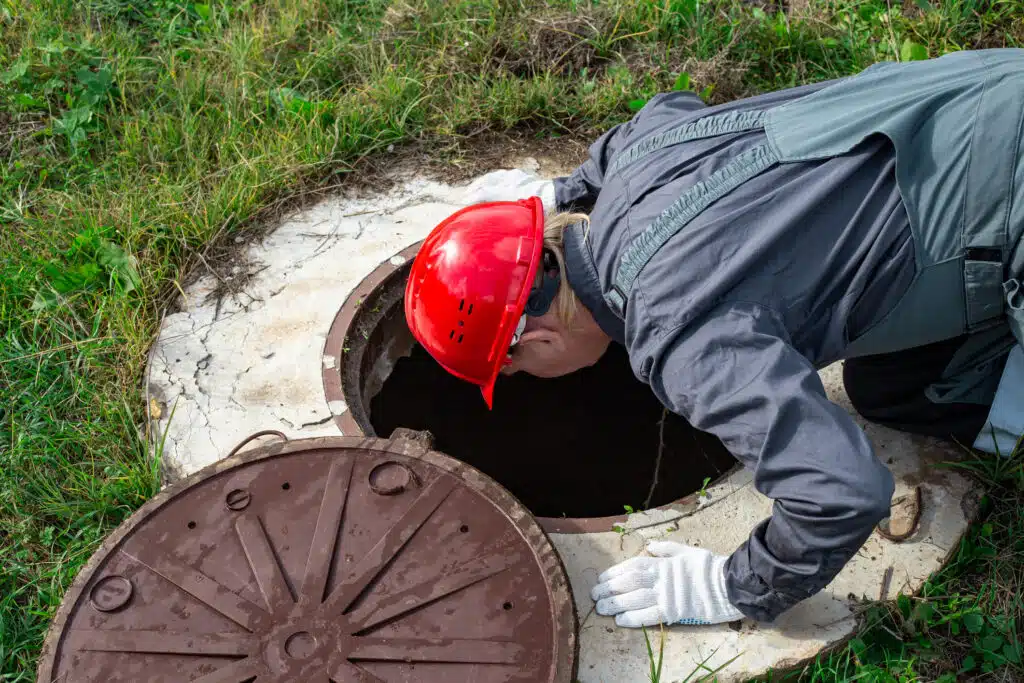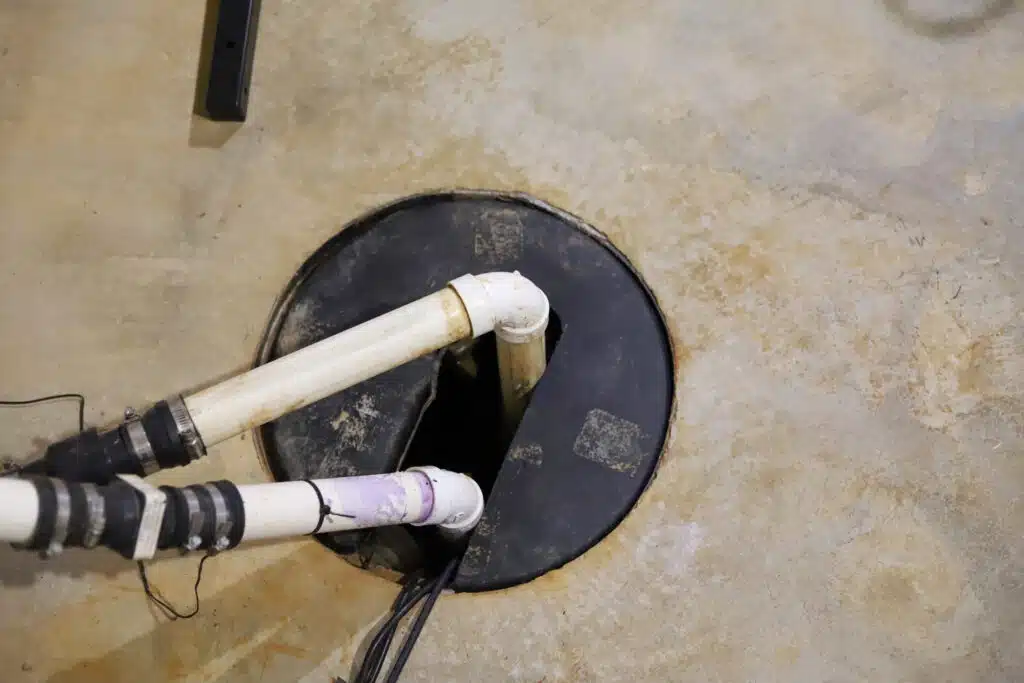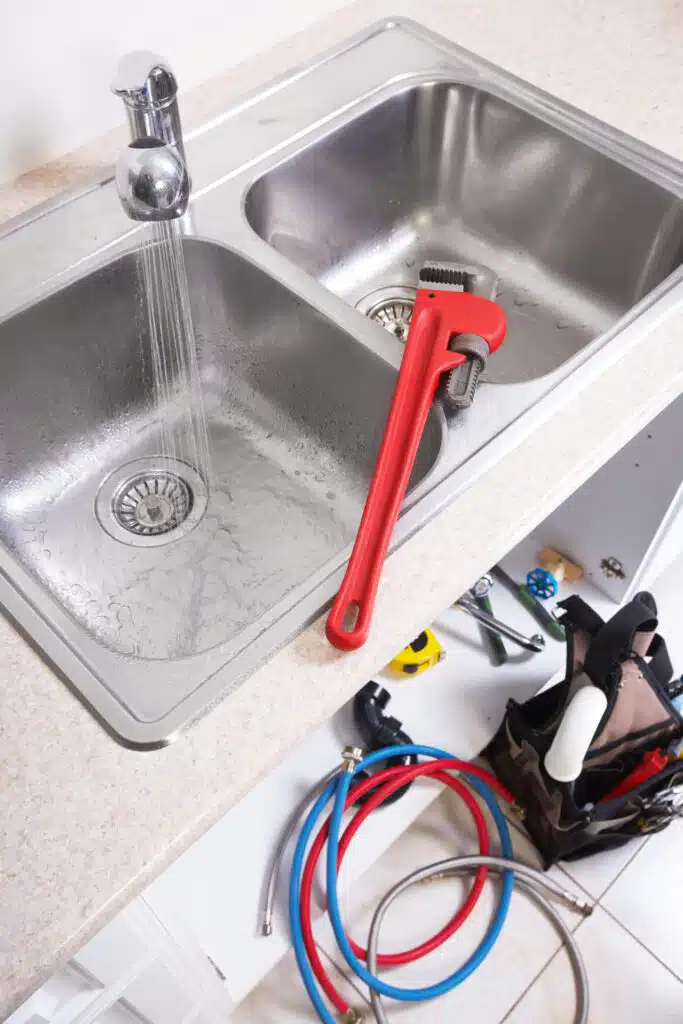A frozen faucet might seem like a small issue, but dealing with frozen faucets can lead to big plumbing problems—and costly repairs. When winter temperatures drop, the water inside your faucets and pipes can freeze, turning a simple inconvenience into a serious issue.
These frozen faucets can block water flow entirely and put stress on pipes, sometimes causing them to burst, which results in expensive repairs and extensive water damage. By taking a few preventive steps, you can protect your plumbing and keep frozen faucets from disrupting your home during the colder months.
Why Do Faucets Freeze in Winter?
Faucets freeze in winter when temperatures drop below 32°F, causing the water inside them to solidify into ice. As water freezes, it expands, which creates pressure inside the pipes and can block water flow entirely.
This pressure is strong enough to crack pipes or joints, leading to leaks or even bursts that can cause extensive water damage. Outdoor faucets are the most at risk because they are directly exposed to freezing temperatures, but indoor faucets near drafty or poorly insulated walls are also susceptible.
In areas like Lancaster, PA, or York, PA, where winters are harsh, even a small exposure to cold air can result in frozen faucets if preventative measures aren’t taken.
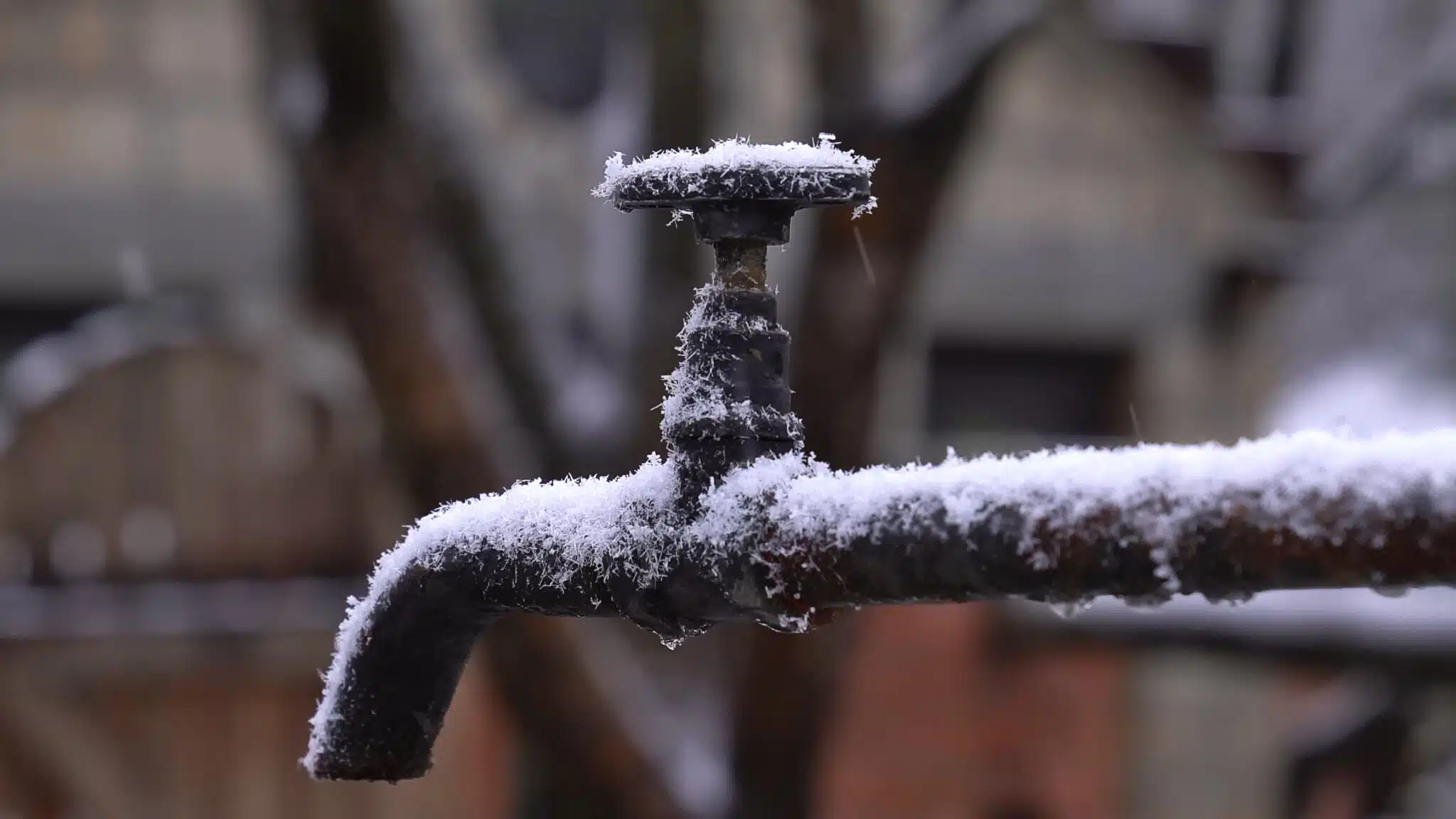
Risks of Frozen Faucets
Blocked Water Flow
When water inside a faucet or pipe freezes, it turns into ice, completely blocking water movement. This means you won’t have running water from that faucet until the ice thaws, which can disrupt daily activities like cooking, cleaning, and showering.
Frozen water not only halts water flow but can also increase the pressure in the system, worsening the problem. Faucets connected to outdoor spigots or located in unheated spaces are especially prone to ice blockages. Without immediate action, the frozen area can expand deeper into the plumbing system, leading to further complications.
Pipe Bursts
One of the most destructive outcomes of frozen faucets is a pipe burst. As water freezes and expands, the pressure builds inside the pipe, often leading to cracks or complete ruptures. When the ice thaws, the result is often a significant water leak that can damage floors, walls, and personal belongings.
This risk is particularly high in older homes or poorly insulated spaces, where pipes may already be vulnerable. In colder regions like York, PA, burst pipes during winter are a common and costly issue homeowners face.
Increased Repair Costs
Repairing damage caused by frozen faucets or burst pipes can be both expensive and time-consuming. A minor frozen faucet might require thawing or replacing a small part, but a burst pipe could mean repairing sections of plumbing and addressing water damage to your home.
Emergency repairs during winter often come with higher labor costs, especially if the issue occurs during off-hours. Additionally, significant water damage can increase costs further, requiring extensive restoration work. Preventing frozen faucets can save you from these costly and stressful repairs.
Tips to Prevent Frozen Faucets
1. Insulate Pipes and Faucets
Adding insulation to exposed pipes and outdoor faucets is one of the most effective ways to prevent freezing. Foam pipe insulation is easy to install and can significantly reduce the risk of ice forming inside the plumbing.
For outdoor faucets, faucet covers are an inexpensive and simple solution to block cold air. Pipes in unheated areas like basements, garages, and crawl spaces should always be insulated, as they are the most susceptible to freezing. Insulation acts as a barrier, keeping the heat inside and the cold out.
2. Disconnect Outdoor Hoses
Leaving a garden hose connected to an outdoor faucet during winter can trap water inside, making the faucet more prone to freezing. Always disconnect and drain hoses before storing them indoors for the season.
This simple step ensures that water isn’t left sitting in the faucet or hose connection, which can freeze and expand. Additionally, check the faucet for any remaining water and drain it completely. Taking care of your hoses and outdoor faucets now can prevent costly repairs later.
3. Let Faucets Drip
Allowing faucets to drip slowly during extremely cold weather helps prevent freezing by keeping water moving through the pipes. A steady flow of water reduces the chance of ice forming and eliminates pressure build-up inside the pipes.
This is especially helpful for faucets located near exterior walls or in areas with poor insulation. While it might feel wasteful, the cost of a dripping faucet is far less than repairing a burst pipe or damaged plumbing.
4. Seal Drafts
Cold air can sneak into your home through cracks and gaps near windows, doors, and walls, putting pipes at risk of freezing. Inspect areas around plumbing, especially in basements and crawl spaces, and seal any gaps with caulk or weather stripping.
Pay special attention to areas near outdoor faucets and pipes running along exterior walls. Blocking drafts is a simple way to keep the cold out and protect your plumbing.
5. Maintain Indoor Temperature
Keep your home warm, even if you’re away during the winter months. Set your thermostat to at least 55°F to ensure that indoor pipes stay above freezing. Avoid drastic temperature changes, as they can put stress on your plumbing system.
If you’re leaving home for an extended period, consider opening cabinet doors under sinks to let warm air circulate around the pipes. A consistent indoor temperature is key to preventing frozen faucets and pipes.
6. Shut Off Exterior Water Supply
If you don’t need to use outdoor faucets during the winter, turn off their water supply and drain them completely. Most homes in Lancaster, PA, and similar regions have a shut-off valve for outdoor faucets, which makes this process simple.
Once the water supply is off, open the faucet to let any remaining water drain out. This eliminates the chance of water freezing inside the faucet or connecting pipes.
What to Do if a Faucet Freezes
Thaw It Safely
If your faucet is frozen, begin by gently warming it and then connecting the pipes to melt the ice. Use a hair dryer, heat lamp, or warm towels, starting from the faucet and working toward the pipes, to allow melting water to escape gradually. Avoid using open flames, boiling water, or extreme heat, as these can damage the pipes or create safety hazards.
Take your time to thaw the area fully, as rushing the process can lead to cracked pipes or incomplete ice removal. By applying heat gradually, you’ll safely restore water flow without risking further issues.
Check for Leaks
After the ice is melted, inspect the faucet and the surrounding pipes for cracks or damage. Freezing water can create small fractures in pipes or joints, which may not be immediately obvious but can lead to leaks as the water pressure returns.
Look closely at connections and fittings, as these areas are especially vulnerable to pressure from freezing. If you notice any dripping or signs of damage, turn off the water supply to the affected area to prevent flooding. Catching leaks early can save you from costly repairs and water damage.
Restore Water Flow
Once the faucet and pipes are thawed and inspected, turn the faucet on slowly to test the water flow. Start with a gentle stream to avoid sudden pressure changes that could worsen any hidden issues.
Allow water to run for a few minutes to ensure that the pipe is fully cleared of ice and that normal flow has been restored.
If the water pressure seems weak or inconsistent, there may still be ice or another issue deeper in the pipe that needs attention. A fully restored flow means the problem is resolved, but keep an eye on the faucet for refreezing during cold spells.
Call a Professional
If you’re unable to thaw the faucet or notice damage, it’s time to call a plumber for assistance. A professional has specialized tools and expertise to safely thaw pipes, locate blockages, and repair any cracks or leaks.
They can also assess whether there’s deeper damage to your plumbing system that needs attention. In areas like York, PA, where winters are severe, professional help can ensure that your pipes are safe and functional throughout the season.
Acting quickly to involve a plumber prevents further complications and protects your home from extensive water damage.
Long-Term Solutions for Frozen Faucets
Upgrade to Frost-Free Faucets
One of the most effective long-term fixes is replacing your standard outdoor faucets with frost-free models. These faucets are specially designed to prevent freezing by keeping water inside the home’s heated area instead of in the exposed faucet itself.
Frost-free faucets are particularly useful for homes in cold climates, where regular outdoor faucets freeze quickly.
Installing them may require professional help, but the peace of mind they provide is worth the investment. With frost-free faucets, you can eliminate the stress of dealing with frozen faucets on your property each winter.
Improve Insulation
Insulating your pipes is a simple and highly effective way to avoid frozen faucets in both outdoor and indoor spaces. Adding insulation to exposed pipes in basements, garages, crawl spaces, and exterior walls keeps cold air from affecting water flow.
Foam pipe insulation is inexpensive and easy to install, offering a protective layer that maintains a steady temperature. For outdoor faucets, faucet covers act as an additional barrier against the cold. Improving your home’s insulation ensures that frozen faucets become a thing of the past, even during prolonged cold snaps.
Invest in Heat Tape
Heat tape is a great tool for protecting pipes in areas prone to freezing, especially in extreme winters. This electrical tape wraps around pipes and provides controlled heat, preventing ice from forming and causing blockages.
It’s a practical solution for areas with severe temperature drops or for pipes in unheated spaces. Installing heat tape requires following safety guidelines, but it’s a reliable way to prevent frozen faucets and maintain water flow.
Heat tape works especially well for outdoor faucet connections, ensuring water lines stay functional throughout the winter.
Schedule Regular Maintenance
Routine plumbing maintenance is a critical step in avoiding frozen faucets and other winter plumbing issues. A professional plumber can inspect your system for vulnerabilities, recommend necessary upgrades, and address potential problems before the cold sets in.
This preventative approach is especially useful in regions like York, PA, where freezing temperatures are a yearly challenge.
Maintenance services can include installing frost-free faucets, sealing drafts around plumbing, or replacing outdated fixtures that are more likely to freeze. By staying ahead of the problem, you’ll save time, money, and the stress of dealing with frozen faucets in the future.
The Role of Professional Plumbing Services in Preventing Frozen Faucets
Expert Installation
Plumbers can install frost-free faucets and other cold-weather plumbing solutions that significantly reduce the risk of freezing. Frost-free faucets are specially designed to keep water inside your home’s heated space, preventing ice from forming in the faucet or connected pipes.
A professional installation ensures these upgrades are done correctly, without leaks or vulnerabilities that could lead to frozen faucets. They can also install additional insulation or heat tape to protect exposed pipes, giving you comprehensive coverage against winter plumbing issues.
Emergency Repairs
Frozen faucets can escalate into emergencies, especially if they lead to burst pipes or water damage. Professional plumbers are equipped to handle these situations quickly and efficiently. They can safely thaw frozen faucets, identify damage, and repair or replace affected components.
Their expertise minimizes downtime and ensures your plumbing system is restored without causing further complications. For homeowners in Harrisburg, PA, having access to a trusted plumber during winter emergencies can save you from extensive damage and costly repairs.
Preventative Solutions
One of the best reasons to hire a professional is their ability to offer preventative solutions tailored to your home. Plumbers can assess your plumbing system and identify areas that are most at risk of frozen faucets.
They’ll recommend and implement upgrades like improved insulation, frost-free faucets, or draft sealing to ensure your pipes and faucets remain functional even during extreme cold. A preventative approach saves money and stress by stopping problems before they happen.
Ongoing Maintenance
Regular maintenance from a professional plumber is key to preventing frozen faucets year after year. By scheduling annual inspections before winter, you can address small vulnerabilities that could lead to larger issues.
Plumbers can check for worn-out components, seal gaps around pipes, and ensure that all fixtures are in good working condition. In places like York, PA, where winter plumbing challenges are common, ongoing maintenance helps homeowners stay one step ahead of the cold.
Protect Your Home from Frozen Faucets Today!
Don’t let frozen faucets disrupt your winter in Lancaster, York, or Harrisburg, PA. At Benjamin Franklin Plumbing of Lancaster, our experts provide reliable solutions to keep your plumbing safe during the harshest cold spells.
From preventative maintenance to emergency repairs, we’re here to help you avoid costly damage. Call us now to schedule your winter plumbing service and enjoy peace of mind all season long!

Frequently Asked Questions (FAQ)
1. How can I tell if my faucet is frozen?
If no water comes out of your faucet and there’s frost or ice on the surface, it’s likely frozen. Other signs include unusual noises from the pipes or reduced water flow in nearby faucets. Identifying the problem early helps prevent further damage, such as pipe bursts.
2. Are all outdoor faucets at risk of freezing?
Yes, outdoor faucets are especially vulnerable to freezing during winter, particularly those without insulation or frost-free designs. Faucets exposed to wind or extreme cold are at a higher risk. Protecting them with insulation or upgrading to frost-free models helps prevent frozen faucets.
3. Should I let indoor faucets drip during cold weather?
Yes, letting indoor faucets drip keeps water moving, which reduces the chance of freezing. This is especially important for faucets near exterior walls or in unheated areas. While it may increase water use slightly, it’s far cheaper than repairing a frozen faucet or burst pipe.
4. Can I thaw a frozen faucet myself?
You can safely thaw a frozen faucet using a hair dryer, heat lamp, or warm towels. Avoid risky methods like open flames or boiling water, which can damage pipes. If the faucet stays frozen or you notice damage, contact a plumber immediately.
5. When should I call a plumber for a frozen faucet?
Call a plumber if you cannot thaw the faucet, notice cracks or leaks, or if multiple faucets are frozen. Professionals can safely address the issue and repair the damage. Acting quickly prevents further problems and costly water damage.








